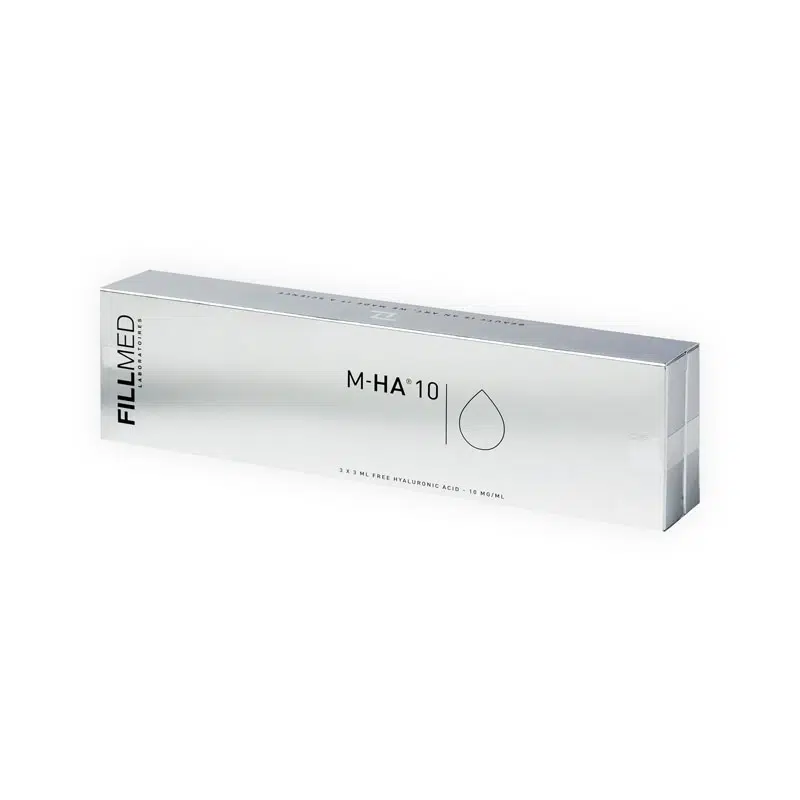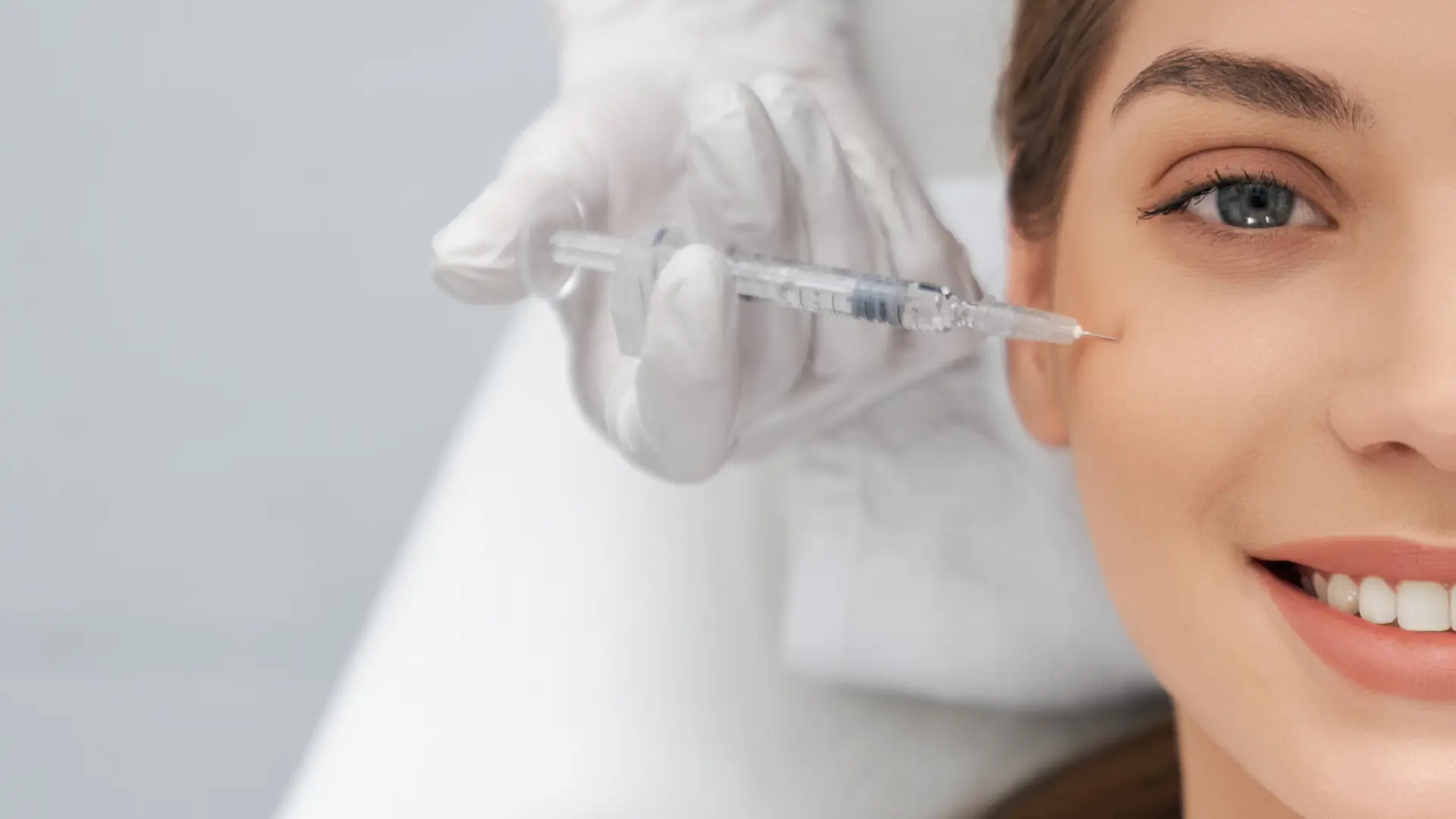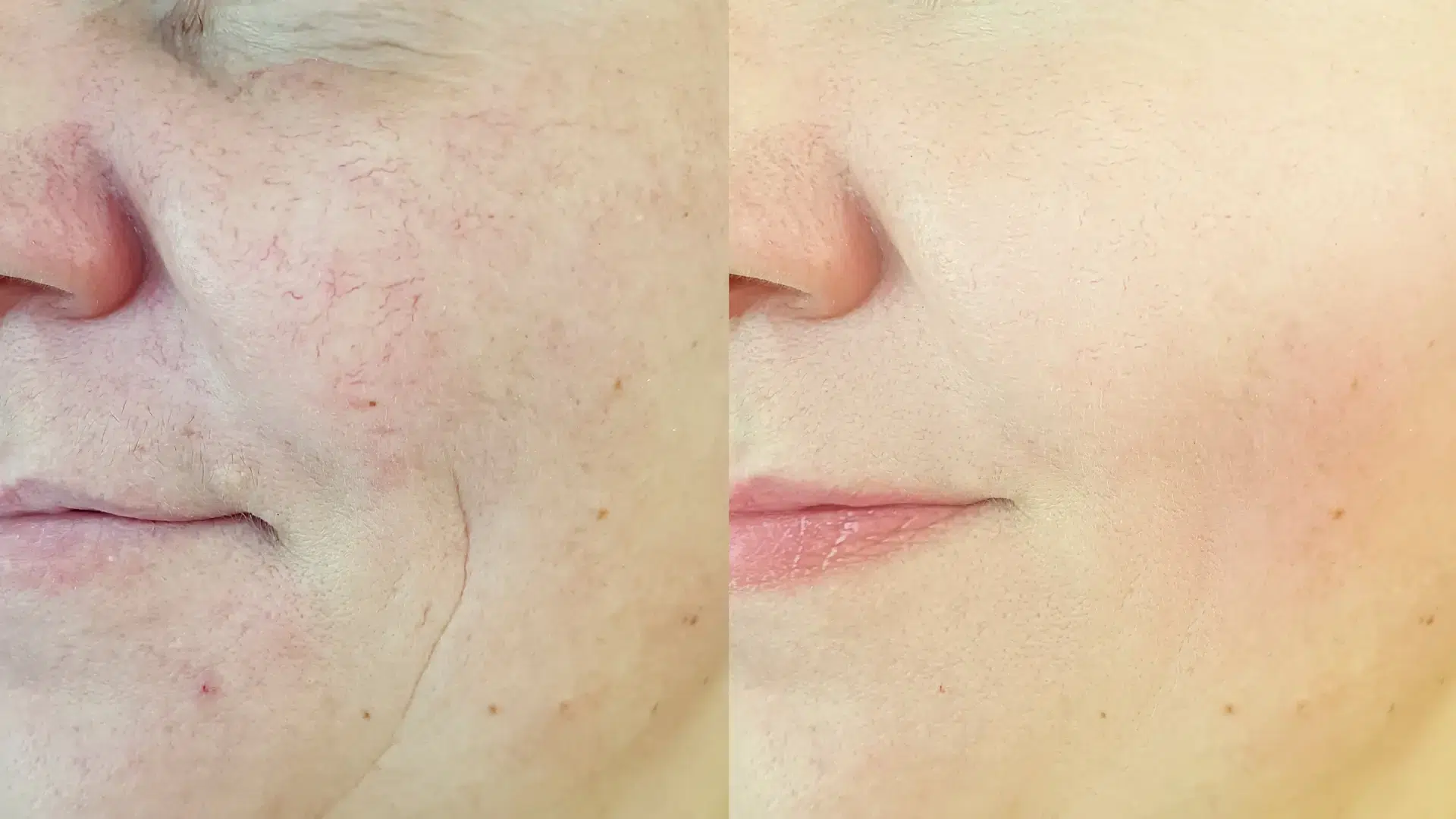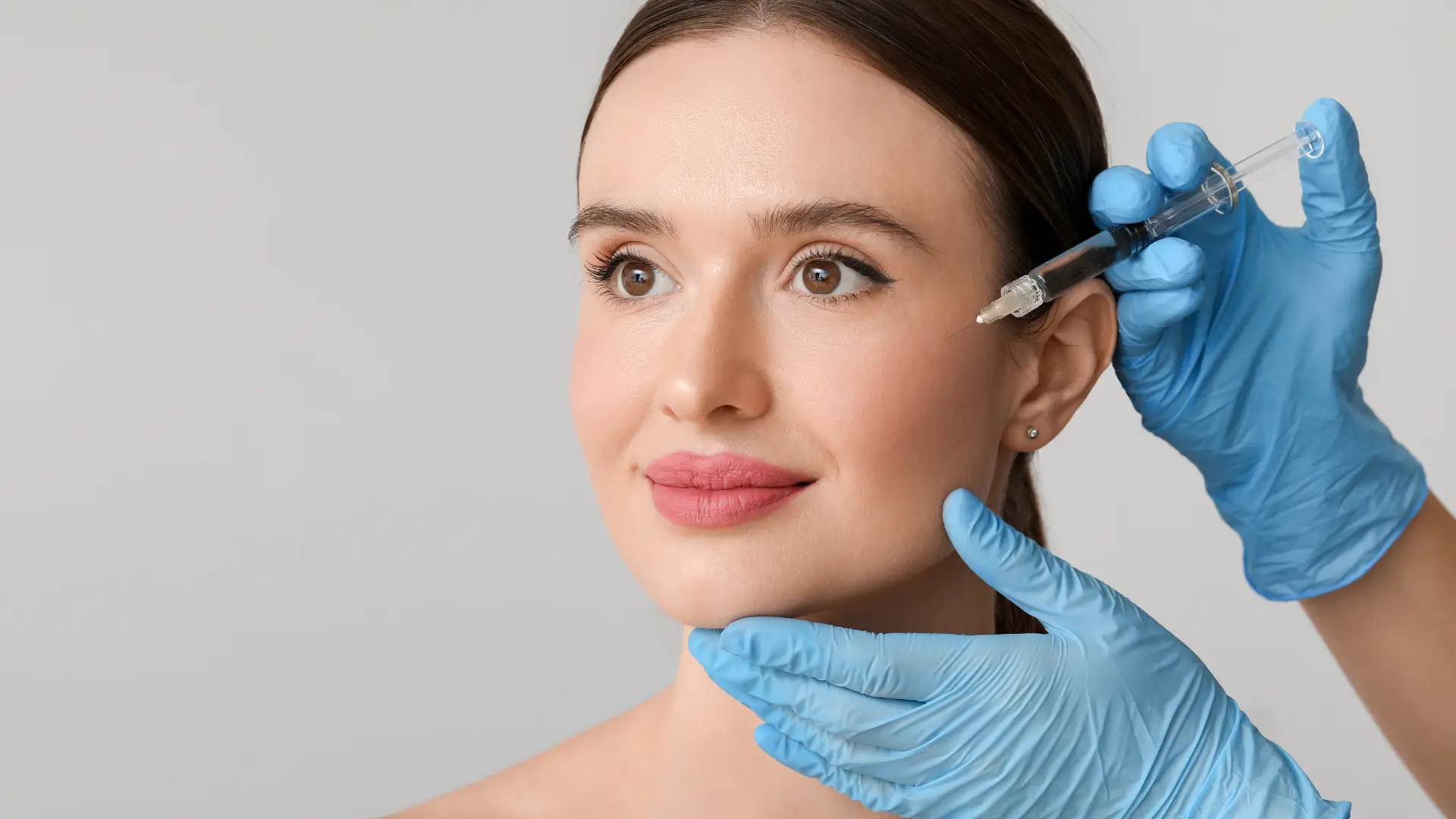Did you know that 70% of consumers choose cosmetic procedures to boost their confidence and maintain a youthful appearance? This growing trend highlights the increasing demand for minimally invasive treatments like skinboosters, which are valued for their ability to enhance hydration, improve texture, and revitalize skin quality.
As these treatments gain popularity, it’s essential to be aware of potential side effects, such as swelling, redness, and bruising. One widely used skinbooster, NCTF 135 HA, is known for its ability to restore skin quality and texture. However, understanding its potential side effects is key to making an informed treatment decision.
In this article, we’ll explore the side effects of NCTF 135 HA, including common and rare reactions, and offer guidance on how to manage them effectively.
Key Takeaways
- NCTF 135 HA can lead to common side effects, such as swelling and bruising, and rare reactions requiring immediate medical attention, like granulomas (granulomatous reactions) and skin necrosis.
- Patients should be informed about potential mild and temporary side effects that resolve within a week after treatment.
- Understanding the various adverse reactions associated with NCTF 135 HA is essential for safe and effective post-treatment care.
- Awareness of common and rare side effects allows patients and practitioners to manage risks and ensure a smoother recovery experience.
About: Medica Depot is your trusted all-in-one supplier, offering a range of high-quality medical injectables and supplies. Buy Fillmed products wholesale at Medica Depot today! Whether for health professionals, plastic surgeons, dermatologists, licensed estheticians, or other specialists, we can offer genuine, brand-name products you may need. With Medica Depot, we prioritize serving you better to improve the patient’s quality of life.
Common Side Effects

Even when comparing NCTF 135 HA vs Profhilo or other non-surgical aesthetic solutions, practitioners should explain the potential risks that may occur post treatment. This aesthetic procedure may result in common NCTF 135 HA side effects, which patients can experience at the injection site.
- Swelling
- Redness
- Bruising
- Mild discomfort
- Irregularities to palpation
These side effects are generally mild and temporary, typically resolving within a few days to a week. Patients may experience these reactions due to the needle’s insertion and the body’s response to the injected substances. Furthermore, they can manage these side effects and ensure a smooth recovery with the following tips:
- Apply a cold compress to reduce swelling and bruising.
- Avoid strenuous activities for at least 24 hours post-treatment.
- Stay hydrated to aid the healing process.
- Follow post-treatment care instructions provided by the healthcare professional.
Rare but Severe Side Effects
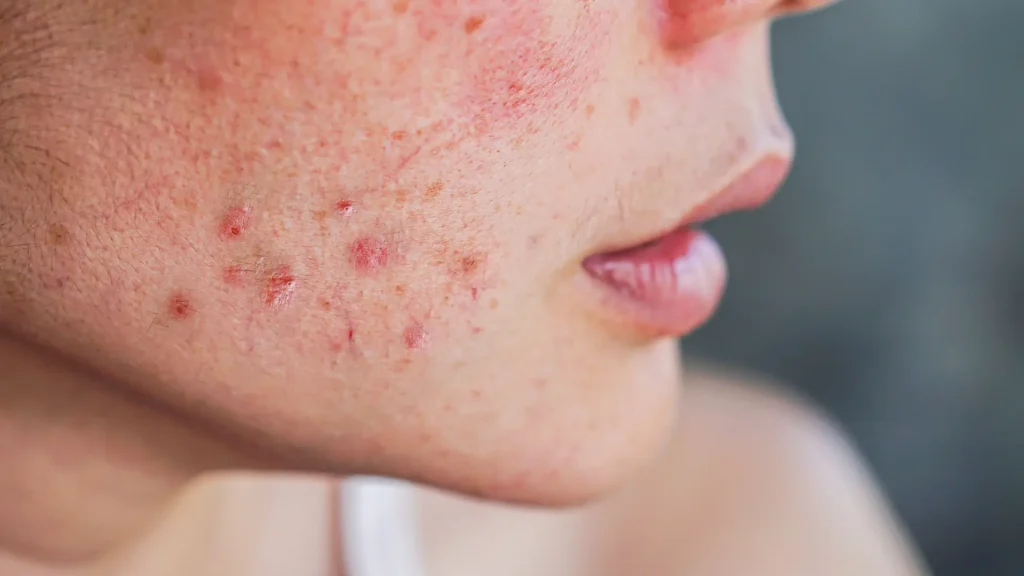
While most NCTF 135 HA before and after photos and patient reviews have no experiences of occurrences of rare but serious reactions, these side effects may still occur. Inappropriate administration, unsterilized conditions, or improper treatment protocol may often cause these.
- Granulomas: Small nodules or lumps that can form under the skin, causing localized swelling and discomfort.
- Vascular Occlusion: This occurs when the injected substance blocks a blood vessel, leading to reduced blood flow and potential tissue damage
- Skin Necrosis: Also called the death of skin tissue, it can result from severe vascular occlusion and may cause significant pain and discoloration
The severity of these NCTF 135 HA side effects requires immediate medical attention for prompt action and appropriate management of symptoms. Patients must recognize and report these symptoms or potential hypersensitivity reactions to trusted healthcare professionals to avoid further filler complications.
Practitioners may also recommend several instructions for patients when these adverse reactions arise to help enhance the overall effectiveness of the NCTF 135 HA treatment. To address these complications, appropriate treatment is essential:
- Treatment for granulomas may involve corticosteroid injections to reduce inflammation and surgical removal in severe cases.
- Immediate intervention with hyaluronidase, an enzyme that dissolves hyaluronic acid, can help restore blood flow during vascular occlusion. Warm compresses and massage may also be recommended.
- Treatment for skin necrosis may include wound care, antibiotics to prevent infection, and surgical intervention to remove necrotic tissue.
Managing Side Effects in Practice

While appropriate treatment protocol, administration, and post-treatment care are essential for optimal outcomes, practitioners should also emphasize managing side effects associated with NCTF 135 HA. This requires several practical steps to ensure patient care during and after treatment. To minimize risks and enhance patient satisfaction, healthcare professionals should follow these guidelines:
- Pre-treatment Care: To reduce the risk of bruising and bleeding, advise patients to avoid aspirin, NSAIDs, fish oil, Ginkgo biloba, St. John’s Wort, and high doses of vitamin E at least one week before the procedure.
- Initial Consultation: This step ensures patient suitability for the treatment and creates a tailored treatment plan that aligns the protocol with the patient’s concerns and goals.
- Post-treatment Care: Instruct patients to apply a cold compress to reduce swelling and bruising, avoid strenuous activities for at least 24 hours, and stay hydrated to aid healing.
By implementing these practices, healthcare professionals can effectively manage side effects and ensure a positive patient experience with NCTF 135 HA treatments. Additionally, to further enhance patient satisfaction, healthcare professionals should:
- Educate Patients: Provide comprehensive information about the procedure, potential side effects, and recovery tips. This helps manage patient expectations and reduces anxiety.
- Follow-up Care: Schedule follow-up appointments to monitor patient progress and address concerns. This ensures any complications are promptly managed and reinforces patient trust.
Conclusion
NCTF 135 HA treatments may cause mild side effects, such as swelling, redness, and bruising, which are generally temporary and manageable. Understanding these reactions and following proper aftercare guidelines can help ensure a smoother recovery and better treatment outcomes.
Additionally, practitioners play a crucial role in educating patients about potential risks and side effects before the procedure. By fostering clear communication and implementing best practices for patient care, healthcare professionals can minimize complications and create a more positive treatment experience. Ensuring that patients feel informed and supported throughout their journey helps build trust and confidence in the procedure.
FAQs
1. What common side effects should patients expect after an NCTF 135 HA treatment?
Patients might experience swelling, redness, bruising, mild discomfort, or irregularities at the injection sites. These reactions are typically mild and resolve within a few days.
2. Are there any serious side effects associated with NCTF 135 HA?
Yes, while rare, serious side effects can include granulomas, vascular occlusion, and skin necrosis, which require immediate medical attention if they occur.
3. How can patients minimize the risks of side effects?
Avoid blood thinners like aspirin and specific supplements for a week before treatment. Additionally, follow your practitioner’s pre- and post-treatment care instructions to reduce complications.
References
- New Survey Results Showcase Dermatologists as the Primary Influencer for Patients’ Cosmetic Procedures and Skin Care Decisions. (2023, October 25). Asds.net; American Society of Dermatologic Surgery. https://www.asds.net/skin-experts/news-room/press-releases/new-survey-results-showcase-dermatologists-as-the-primary-influencer-for-patients-cosmetic-procedures-and-skin-care-decisions
- Summary of safety and clinical performance NCTF 135HA. (n.d.). FILLMED Laboratoires. Retrieved February 3, 2025, from https://fillmed.com/wp-content/uploads/2024/10/FO.69_SSCP_NCTF-135-HA_2024.07.16.pdf

